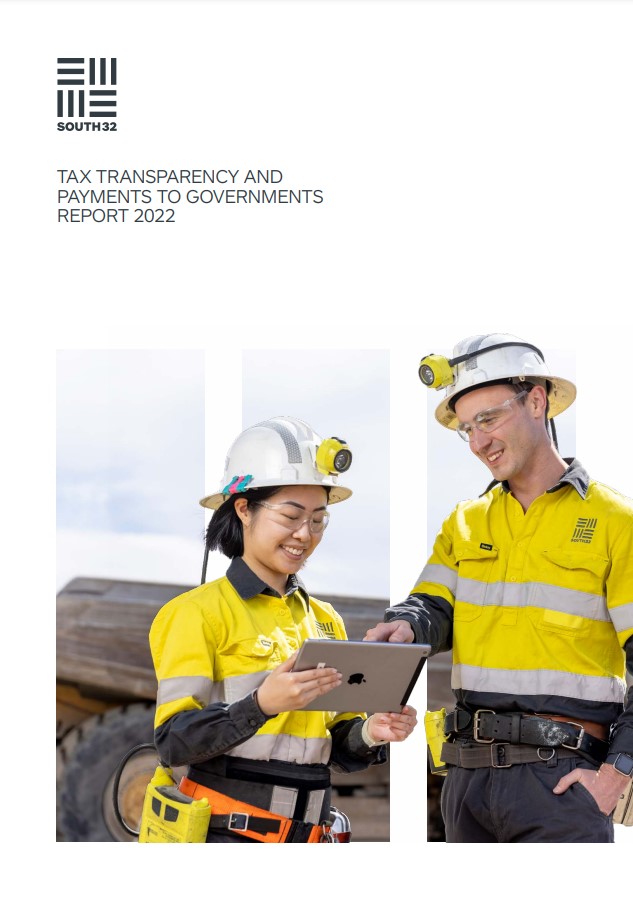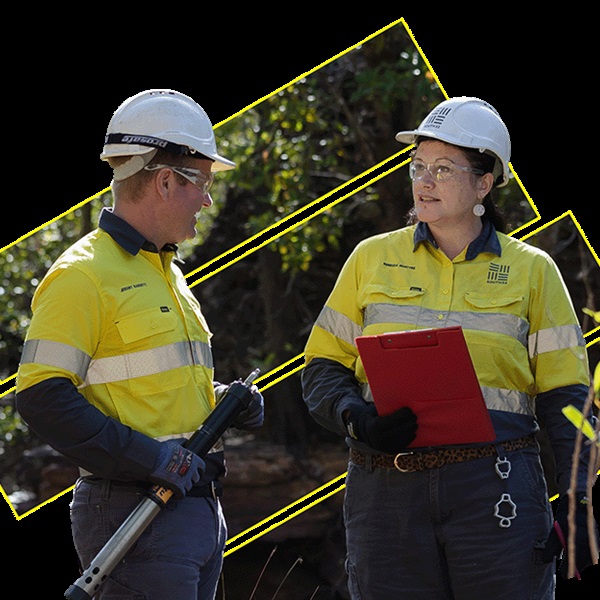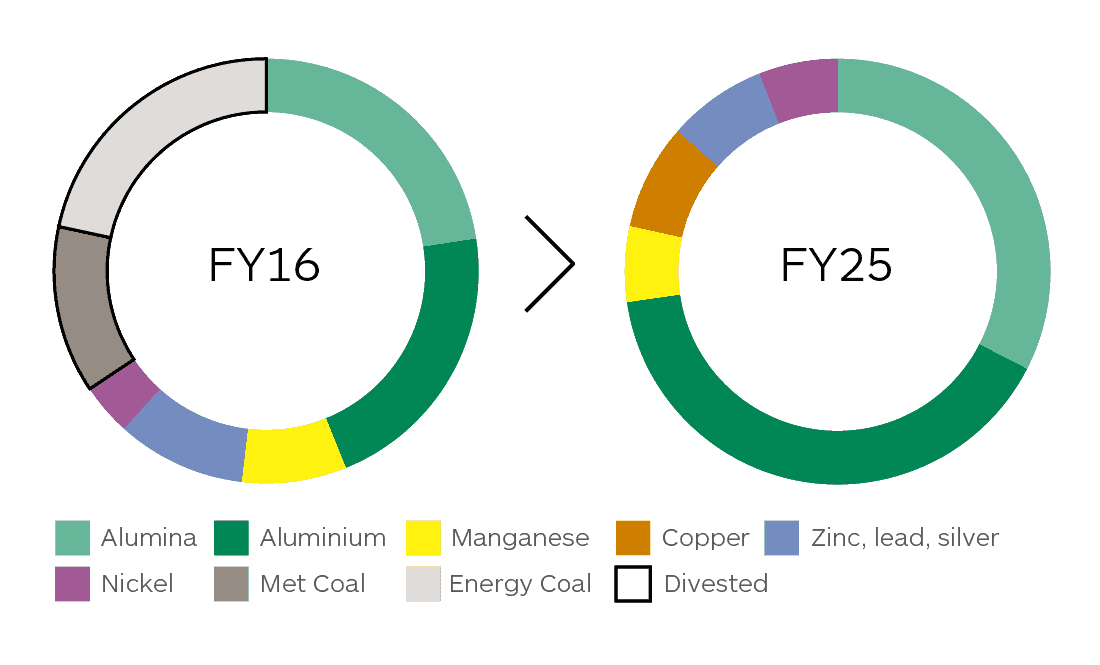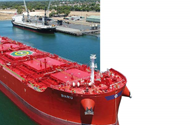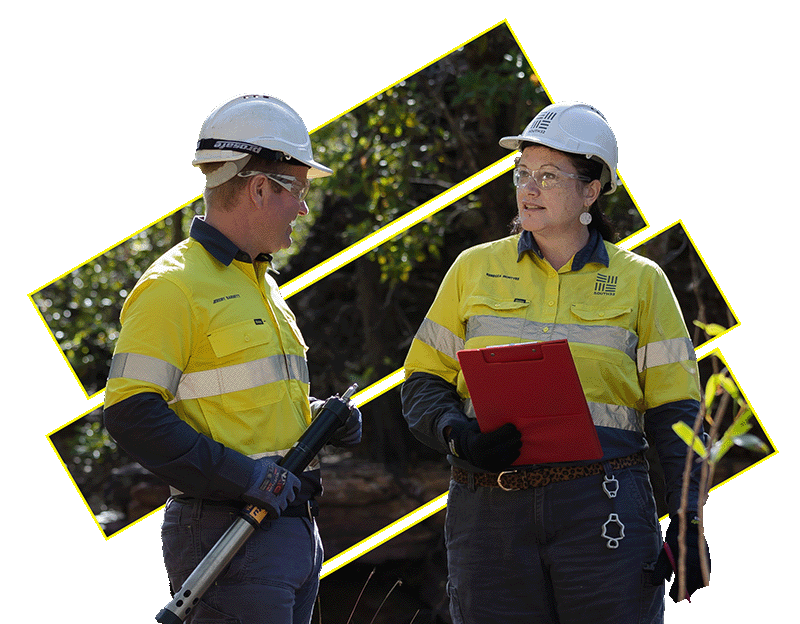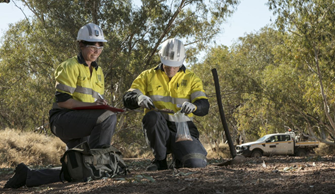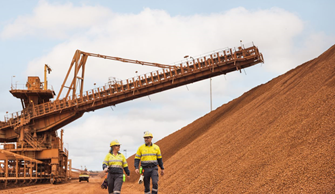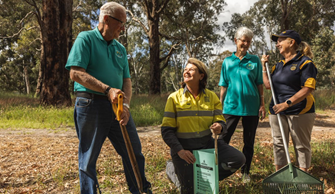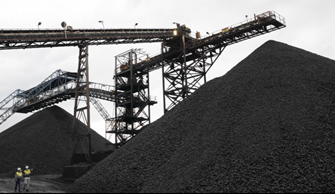Supporting a just transition
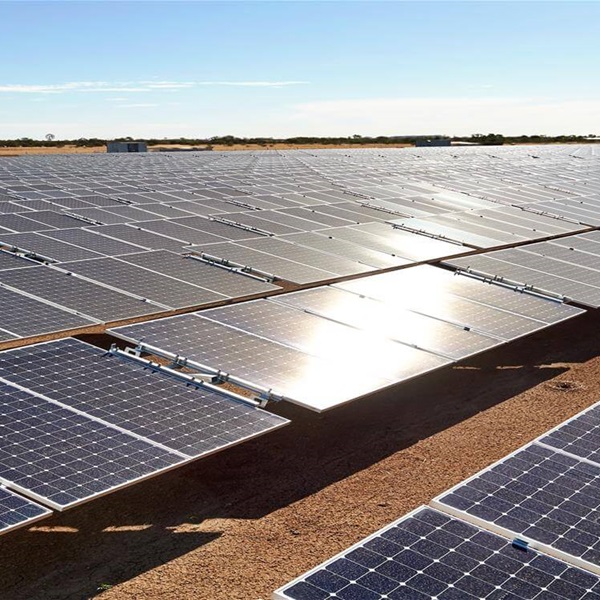
Supporting a just transition
We recognise that effective responses to climate change must address social and nature-related risks and opportunities to enable a just transition to a low-carbon, climate-resilient economy.
In our inaugural CCAP in 2022, we published our just transition guiding principles which were developed to guide our decarbonisation planning. Our application of these principles remains most relevant at Hillside Aluminium and Worsley Alumina as we progress efforts to transition these operations to low-carbon energy sources and decarbonise.
As we advance the delivery of the 2025 CCAP over the next three years, we will continue to look for opportunities to further embed these principles into our decarbonisation activities and broader climate change response.
